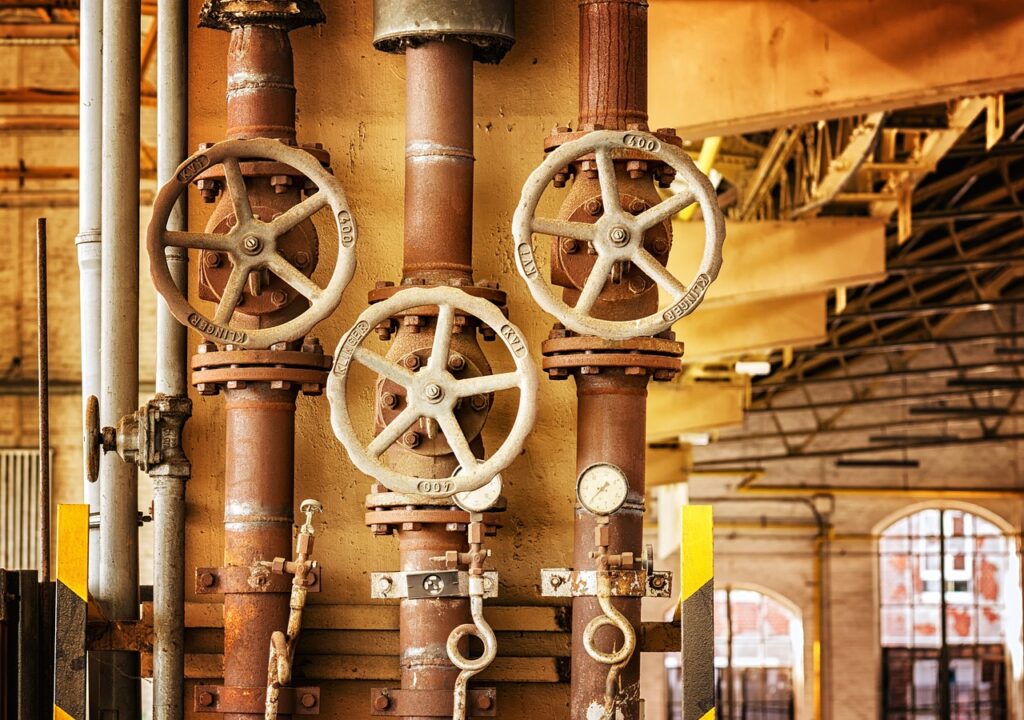Plumbing is an essential aspect of both residential and commercial spaces, yet the nuances between these two domains are significant. Whether you’re a homeowner seeking a leak fix or a business owner overseeing a large-scale plumbing project, understanding the distinctions between commercial and residential plumbing is crucial. Let’s dive into the key differences that set these two plumbing realms apart.
1. Scale of Operations:
One of the most apparent distinctions is the scale of operations. Residential plumbing typically caters to individual homes, apartments, or small housing complexes. In contrast, commercial plumbing deals with larger, more intricate systems to meet the demands of expansive structures like office buildings, hotels, hospitals, and shopping centers.
2. Complexity of Systems:
The complexity of plumbing systems varies significantly between residential and commercial settings. Residential plumbing systems are generally simpler, with a focus on supplying water to fixtures like sinks, showers, and toilets. Commercial plumbing, on the other hand, involves more intricate designs to accommodate the higher usage levels and diverse needs of larger establishments.
3. Fixture and Appliance Volume:
Residential plumbing systems are designed to handle a limited number of fixtures and appliances. In contrast, commercial spaces require plumbing systems capable of supporting a higher volume of fixtures, such as numerous sinks, toilets, industrial-grade appliances, and specialized equipment tailored to the specific industry.
4. Regulations and Codes:
Both residential and commercial plumbing must adhere to building codes and regulations, but the specifics can differ. Commercial plumbing often involves more stringent standards due to the larger scale and increased complexity. Compliance with codes is crucial to ensure the safety and functionality of plumbing systems in both settings.
5. Pipe Size and Material:
Commercial plumbing systems typically use larger pipes made from materials like copper, steel, or plastic. Residential plumbing systems generally have smaller pipes, often made of copper or plastic. The choice of materials and sizes depends on factors such as water pressure, flow rate, and the number of fixtures served.
6. Water Heater Capacity:
Residential water heaters are designed to meet the hot water needs of a household. In commercial settings, larger and more powerful water heaters or even multiple water heaters may be required to fulfill the demand for hot water across numerous points of use simultaneously.
7. Maintenance and Repairs:
The frequency and nature of maintenance and repairs differ between residential and commercial plumbing. Commercial establishments may require more frequent inspections and preventive maintenance due to the extensive and continuous use of plumbing systems. Residential plumbing, being on a smaller scale, may have different considerations in terms of upkeep.
8. Emergency Response:
Emergency plumbing situations vary between residential and commercial spaces. While a residential emergency might involve a burst pipe or a clogged drain, commercial emergencies can range from complex system malfunctions to issues that impact numerous occupants simultaneously. Commercial plumbing systems often require a more robust and immediate response to minimize disruptions.
Conclusion:
In navigating the intricacies of plumbing, recognizing the distinctions between commercial and residential plumbing is essential. Whether you’re a homeowner or a business owner, understanding these differences enables you to make informed decisions, ensuring that your plumbing needs align with the specific requirements of your space. Whether it’s the scale, complexity, or materials used, acknowledging these disparities ensures that you can effectively address plumbing challenges in both residential and commercial settings.

